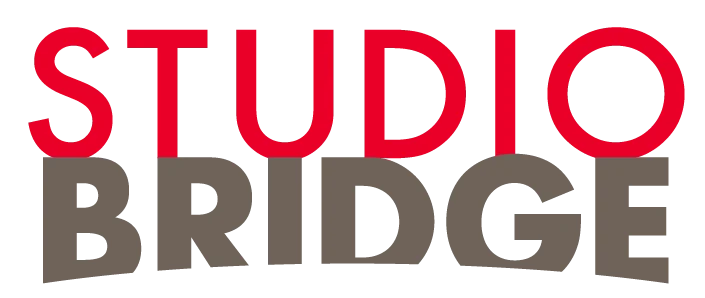So I was thinking about how Bitcoin wallets have evolved beyond just sending satoshis back and forth. It’s wild when you realize that wallets now have to handle these quirky things like Ordinals and the whole BRC-20 token craze. Seriously, wallets used to be simple vaults, but today? They’re more like Swiss Army knives for crypto assets.
Here’s the thing. Most people, even some seasoned Bitcoiners, still see wallets as just places to stash coins. But with the rise of Ordinals—those tiny inscriptions embedded on individual satoshis—and BRC-20 tokens, the landscape’s changed drastically. Initially, I thought this was just a niche, a side show. But after messing around with a few wallets, I realized that handling these assets well is crucial if you want to stay relevant in Bitcoin’s evolving ecosystem.
Whoa! The unisat wallet caught my eye because it’s built specifically to navigate this messy new world. Not just for storing Bitcoin, but for managing Ordinals and BRC-20 tokens seamlessly. My gut told me this is a game-changer, but I wanted to dig deeper.
Okay, so check this out—Ordinals are basically satoshis with little pieces of data attached, like art or text. That’s a whole new asset class on top of Bitcoin, and it doesn’t exactly play nice with traditional wallets that expect simple coin balances. This is where some wallets either crash or just don’t support the tokens at all. The frustration is real.
At first glance, I thought any wallet supporting Bitcoin would handle Ordinals fine. Actually, wait—let me rephrase that. It turns out that dealing with these intricacies requires specialized features—like granular control over individual satoshis and metadata. You can’t just lump them together in a single balance.
But what bugs me about most wallets is their clunky UX for these new assets. It’s like they’re trying to retrofit old tech for new demands. The unisat wallet bucks that trend by offering a dedicated interface for Ordinals and BRC-20 tokens, making it way easier to send, receive, and even trade them.
Now, I’m not 100% sure if this will become the norm, but given how fast the BRC-20 token market is heating up, wallets like this are probably ahead of the curve. On one hand, it’s exciting because it opens up Bitcoin to a whole new class of collectibles and tokens. Though actually, this also raises some concerns about network congestion and fees—something regular Bitcoin users might not appreciate.
Here’s what’s interesting: the unisat wallet doesn’t just support these assets—it integrates a marketplace feature. That blew me away. You can browse, buy, and sell BRC-20 tokens directly from the wallet interface, which is super convenient. Most wallets still make you jump through hoops or use third-party sites, so this all-in-one approach is slick.
Honestly, the marketplace angle has me both excited and skeptical. Will this democratize access to Bitcoin-based collectibles, or just add noise and complexity? Time will tell, but for now, having the tools in one place feels like a massive step forward.

Something felt off about the early days of Bitcoin wallets trying to be all things to all people. They often sacrificed security or usability. The unisat wallet seems to strike a better balance—focusing on the specific needs of Ordinals and BRC-20 users without overwhelming newcomers. That’s tricky to pull off.
By the way, if you’re wondering about security, the wallet uses standard seed phrases and private key management, but it layers on features to protect those unique tokens. I mean, losing a BRC-20 token you just minted would sting just as much as losing Bitcoin itself.
Here’s a little personal story: when I first tried sending an Ordinal with a generic wallet, the transaction failed and my tokens were kinda stuck. Pretty nerve-wracking. After switching to the unisat wallet, the process was smooth, and I could track the status easily. That’s a huge relief for anyone dabbling with these experimental assets.
Still, I wonder if this specialization will fragment the wallet ecosystem. Will users need multiple wallets to cover all their crypto assets? Hopefully not. Wallets that integrate well with existing Bitcoin infrastructure while embracing these new standards will probably win out.
Why Does This Matter to Bitcoin Users?
Look, Bitcoin isn’t just digital gold anymore—it’s becoming a platform for all kinds of creative and financial experiments. Ordinals let artists embed tiny artworks directly on satoshis, while BRC-20 tokens bring a new flavor of fungible tokens to Bitcoin, somewhat similar to Ethereum’s ERC-20 but way simpler and rawer.
For users who want to engage with these features, having a wallet that understands them deeply is very very important. It’s not just about sending coins anymore; it’s about managing a diverse portfolio of digital assets that might have varying liquidity, value, and cultural meaning.
That’s why the unisat wallet stands out—it’s tailored to this new reality. The wallet also updates frequently to keep pace with network changes and new token standards. I appreciate that commitment because the crypto space moves fast and you don’t want to get stuck with outdated tools.
Oh, and by the way, the wallet’s community is pretty active. User feedback shapes the roadmap, which is a nice touch considering how many crypto projects ignore their base. This responsiveness boosts trust, at least in my book.
Now, a quick tangent—some might argue that these new assets clutter Bitcoin’s blockchain and stray from its original purpose. Sure, that’s a fair point. But innovation always stirs debate. Personally, I think embracing new use cases can only strengthen Bitcoin’s relevance, provided it doesn’t compromise security or decentralization.
One lingering question: how scalable is all this? If BRC-20 tokens explode in popularity, will wallets and nodes handle the load smoothly? The unisat wallet developers seem aware of this and are experimenting with optimizations, but it’s an open challenge.
Overall, my impression is that this wallet is a smart response to Bitcoin’s evolving ecosystem. It’s designed for users who want to explore beyond simple transactions and dive into the world of Ordinals and tokens without losing their minds in complicated interfaces.
In the end, if you’re curious about Bitcoin’s bleeding edge, checking out the unisat wallet might be worth your time. It’s not perfect, but it’s one of the few that get the nuances right, balancing usability, security, and new asset support.
So yeah, wallets have come a long way. From basic coin storage to dynamic crypto asset management hubs. The journey’s just begun, and wallets like this could define how we interact with Bitcoin for years to come.


No Comments